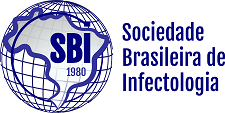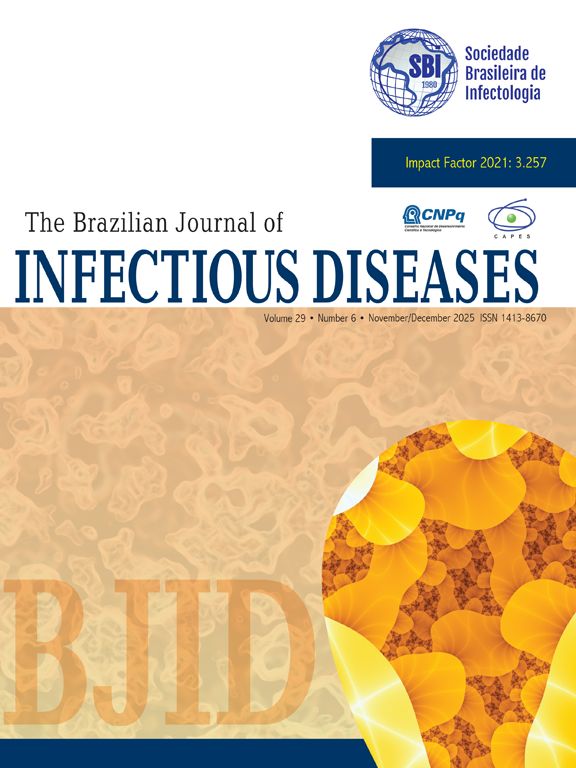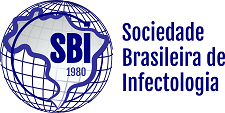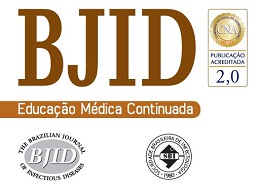The recognition of DF (DHF Dengue Hemorrhagic Fever) is very complicated due to occurrence of a wide spectrum of clinical signs and symptoms during acute phase of illness. Moreover, presence of four serotypes further complicates the prognosis. To investigate the predictors of disease severity and elucidate the prognostic markers among four dengue serotypes, this study was conducted on 320 inpatients having acute febrile illness clinically suspected as DI, over a period of five years. Dengue serotypes were confirmed by multiplex reverse transcriptase (RT)-PCR. Eighty patients were positive for DI with presence of Den-1, Den-2, Den-3, and Den-4 in 8, 35, 27 and 10 patients, respectively. The severe clinical manifestations, abdominal pain and hepatomegaly, were comparatively higher in Den-2 patients. Liver aminotransferases levels were also higher in Den-2 patients (app. 5 fold). This study clearly indicates the hyperendemicity of all dengue serotypes. Nucleotide sequencing of Envelope region revealed that the presently emerged Den-3 belongs to type III, having high homology with genotype responsible for number of outbreaks in 1980s. The re-emergence of this deadly type can be suspected to cause more outbreaks in future and is a matter of great concern.
The Impact Factor measures the average number of citations received in a particular year by papers published in the journal during the two preceding years.
© Clarivate Analytics, Journal Citation Reports 2025
SRJ is a prestige metric based on the idea that not all citations are the same. SJR uses a similar algorithm as the Google page rank; it provides a quantitative and qualitative measure of the journal's impact.
See moreSNIP measures contextual citation impact by wighting citations based on the total number of citations in a subject field.
See more



